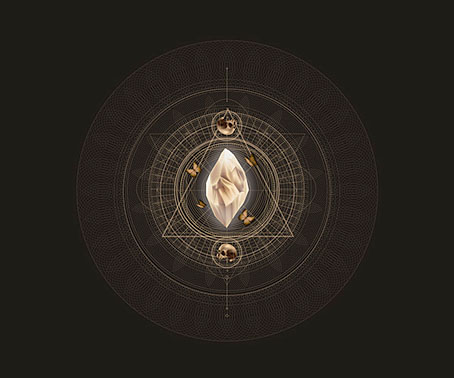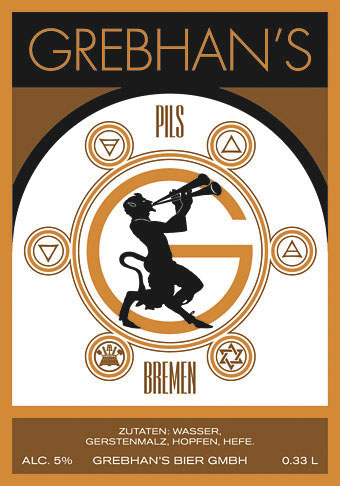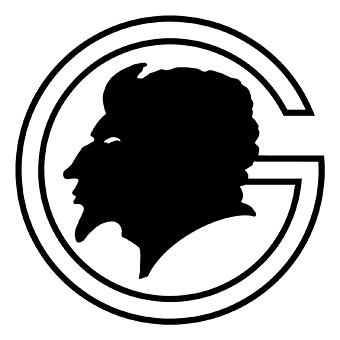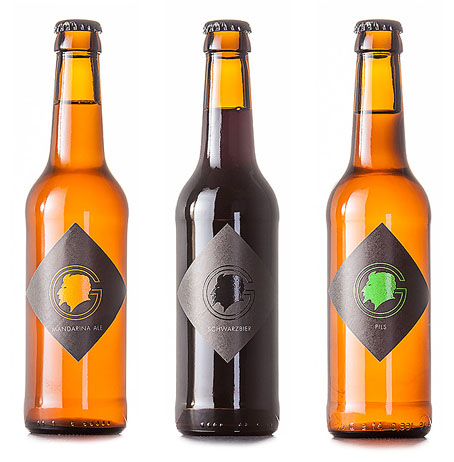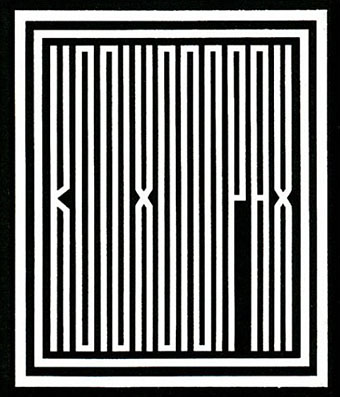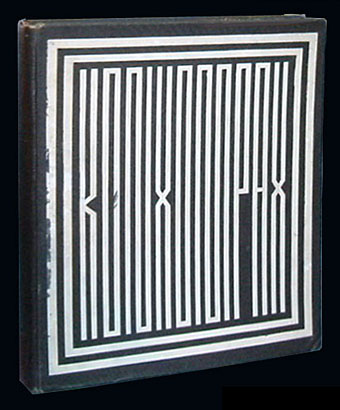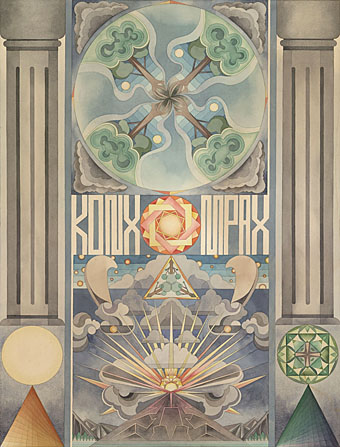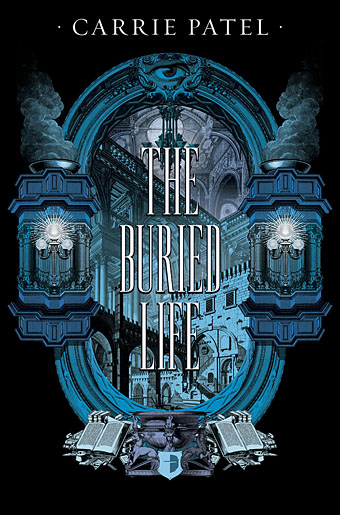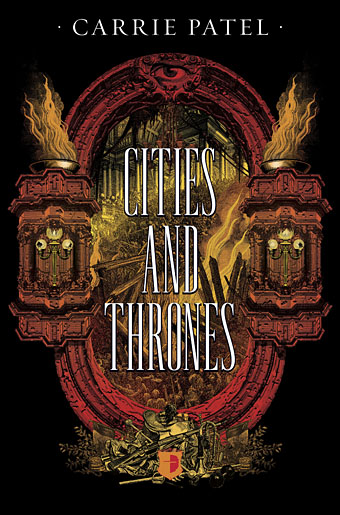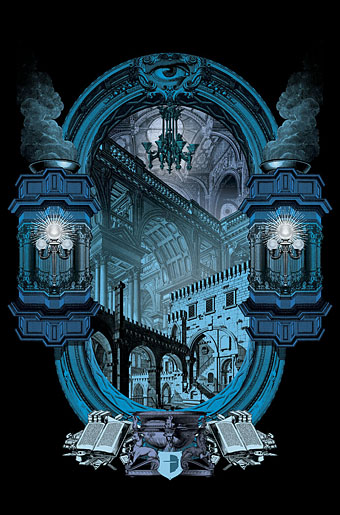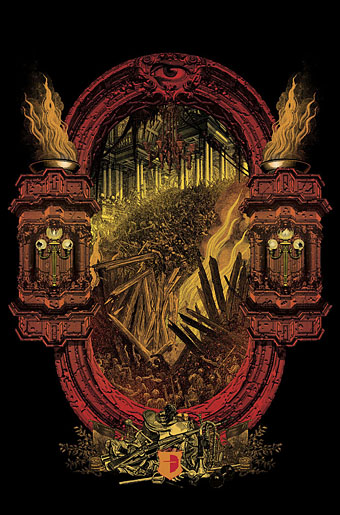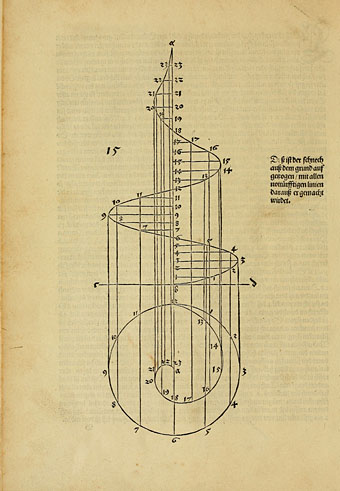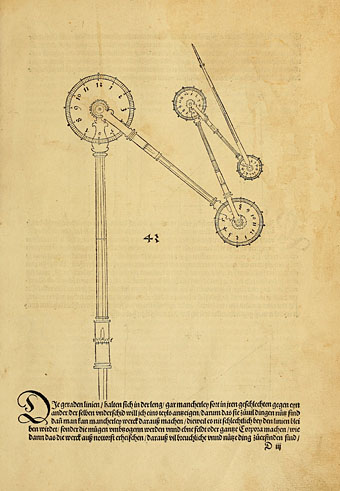Alchemical Stone (2014) by Daniel Lasso Casas. Via full fathom five.
• “I am unsure if this reality is an everyday one. We don’t know if the universe belongs to a realist genre or a fantastic one, because if, as idealists believe, everything is a dream, then what we call reality is essentially oneiric.” Jorge Luis Borges in 1984 in conversation with Argentinian poet and essayist Osvaldo Ferrari.
• “I am transgender, so ‘he’ is not appropriate and ‘she’ is problematic. I’m what I think of as pure transgender.” Antony Hegarty talks to Cian Traynor about Turning, a new DVD and album project.
• Unearthing Forgotten Horrors 2014 is a weekend festival of rural weirdness at the Star and Shadow Cinema, Newcastle-upon-Tyne.
Henry Darger, one of the most celebrated examples of an outsider artist (see: Vivian Girls), has been uniformly ignored by the literary firmament. Despite the success of his artwork, none of his fiction manuscripts have seen print. The language of literature is the language of privilege, in which even the stories of the working class are regularly clad in a bourgeois prose. The language of literature cannot be extricated from its white, genteel roots. Those of us without access to education are welcome to practice, but we must come in from the cold, adopt the house language. We must be civilized, scrubbed clean. Naiveté has no place in the colosseum of words.
Ravi Mangla on Coming in from the Cold: Outsider Art in Literature
• Carel de Nerée tot Babberich en Henri van Booven, a collection of Beardsley-like drawings by a neglected Dutch artist.
• Forever Butt is a new collection of the best of recent issues of BUTT magazine, still the best print mag for gay men.
• Anne Billson’s guide to Brussels, another European city I’d like to visit some day.
• At BibliOdyssey: Schönschreibmeister, a calligraphy master’s album.
• Third Ear Band live (and in colour!) on French TV in 1970.
• Mix of the week: Secret Thirteen mix 132 by Spatial.
• The Internet Archive now has an Internet Arcade.
• Stone Circle (1969) by Third Ear Band | Sacred Stones (1992) by Sheila Chandra | Stoned Circular I (1996) by Coil

